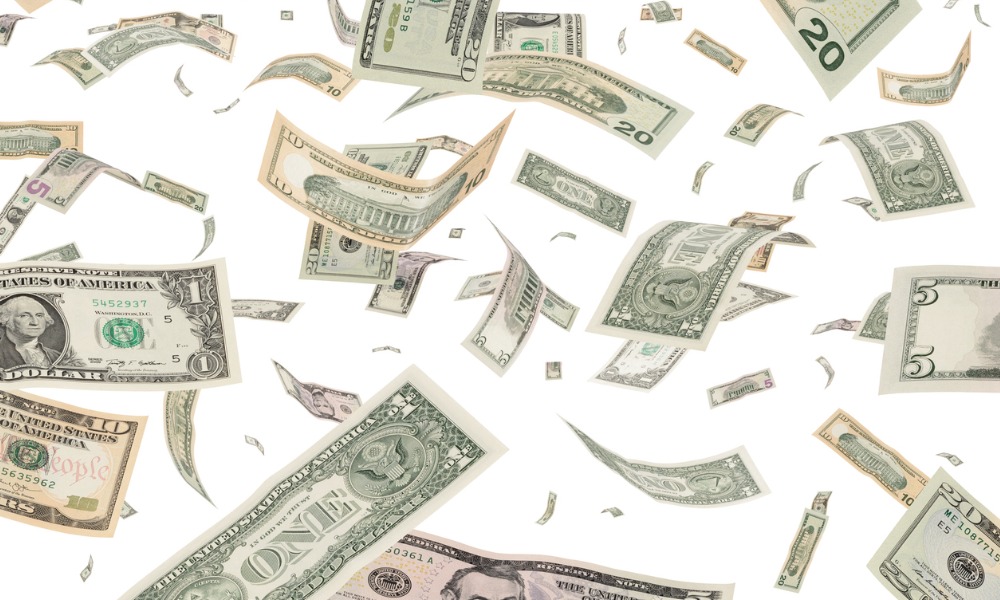[tdc_zone type=”tdc_content”][vc_row][vc_column width=”1/1″]
Trending Now
POLITICS
BUSINESS
ECONOMY
SPORTS
Midwest Spotlight: Five Notable Visits For Top Prospects
Visit season is clicking on all cylinders right now and prospects from every corner of the country are taking trips to get a...
HEALTH
TECHNOLOGY
Tesla will unveil a robotaxi on April 8, according to Musk
Tesla is introducing a robotaxi on August 8, Elon Musk has announced on X a few hours after Reuters published a report that...



























